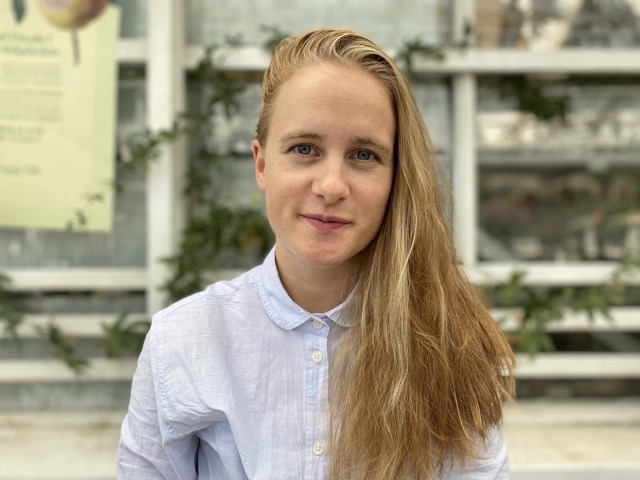Transferring Knowledge from Vision to Language: How to Achieve it and how to Measure it?
BlackboxNLP Workshop 2021
LM hallucinations, i.e. inaccurate and potentially misleading model outputs, may originate from training on incomplete knowledge sources. For example, text data suffers from reporting bias such that it mainly reports novel information rather than trivial information. In this paper, we hypothesise that LMs may form more complete knowledge representations if they are trained on more comprehensive sources of knowledge, such as information from additional modalities apart from text. We investigate whether LMs can obtain and represent knowledge from training on visual information, to be able to express it in a textual modality. We propose a dataset, Memory Colors, for evaluating this transfer capability and a model, CLIP-BERT, that can be trained on visual information. Our results show that it is possible to leverage visual information training to complement the knowledge of a LM.
📑 #2
The Effect of Scaling, Retrieval Augmentation and Form on the Factual Consistency of Language Models
EMNLP 2023
LMs struggle to provide consistent answers to paraphrased questions asking for factual information. This is problematic, as LMs should be consistent when used as interfaces to factual knowledge. In this paper, we investigate potential approaches for improving the factual consistency of LMs. We find that retrieval augmentation, as represented by the Atlas model, works best for improving model consistency compared model upscaling, for which an Atlas model with 330M parameters and access to Wikipedia outperforms a Llama model with 65B parameters. We also find that syntactic form impacts consistency – LMs are more likely to fail to provide consistent predictions if the consistent prediction results in an unidiomatic sentence.
📑 #3
A Reality Check on Context Utilisation for Retrieval-Augmented Generation
Accepted to ACL Main 2025
Retrieval-augmented generation (RAG), i.e. retrieving contexts from an external knowledge source, can be used to alleviate limitations of the parametric knowledge of LMs. However, investigations of how LMs utilise retrieved information of varying complexity in real-world scenarios have been limited to synthetic contexts. In this paper, we introduce DRUID, a dataset with real-world queries and contexts. The dataset is based on the prototypical task of automated claim verification, for which automated retrieval of real-world evidence is crucial. We compare DRUID to synthetic datasets (CounterFact, ConflictQA) to find that artificial datasets often fail to represent the complex and diverse real-world context settings, yielding misleading results when used to study LM context utilisation. Overall, this paper underscores the need for real-world aligned context utilisation studies to represent and improve performance in real-world RAG settings.
📑 #4
Fact Recall, Heuristics or Pure Guesswork? Precise Interpretations of Language Models for Fact Completion
Accepted to ACL Findings 2025
Moving back to studying the parametric knowledge of LMs, this paper inspects previous interpretations of LMs for fact completion from the perspective of diagnostic data. Previous model interpretations pay little attention to the samples used to elicit and study factual associations of LMs, and it is not known whether samples of different characteristics may elicit different factual associations in LMs. In this paper, we identify four different prediction scenarios for fact completion: Generic language modeling, guesswork, heuristics recall and exact fact recall. We introduce a method for creating datasets with samples of each prediction scenario and show how two popular interpretability methods (causal tracing, studies of information flow) yield distinct results for each scenario. Results for exact fact recall and generic language modeling scenarios confirm previous conclusions about the importance of mid-range MLP sublayers for fact recall, while results for guesswork and heuristics indicate a critical role of late last token position MLP sublayers. In summary, this paper contributes resources for a more extensive and granular study of fact completion in LMs, together with analyses that provide a more nuanced understanding of how LMs process fact-related queries.
📑 #5
CUB: Benchmarking Context Utilisation Techniques for Language Models
Arxiv (under review for EMNLP 2025)
Building on Paper #3, this paper takes a closer look at LM context utilisation and methods for manipulating context utilisation. Context utilisation is a key component of LMs used for RAG, as the benefits of retrieving external information are only realised if the generative model makes adequate use of the retrieved information. Many context utilisation manipulation techniques (CMTs) have recently been proposed, while none have seen unified comparison. We develop CUB (Context Utilisation Benchmark) to allow for a comprehensive evaluation and comparison of CMTs. CUB systematically tests the sensitivity of CMTs to underlying model and naturally occurring context types (gold, conflicting and irrelevant) on tasks representative of synthesised and realistic RAG scenarios. In summary, this paper provides a deeper analysis of what CMT works best for a given scenario and identified areas of improvement for CMTs.
